Everyone loves a car that shines bright at night and stands out from the rest. However, to actually achieve this look, you’ll need more than just some cool headlights. That’s why every car-loving enthusiast should know about headlight wiring harnesses – they give your vehicle an added layer of convenience, safety, and style. In this guide, I’ll walk you through what it is and why you need one, so let’s get started!
A headlight wiring harness is a set of wires and connectors that connect the headlights to the vehicle’s electrical system. It’s important because it ensures a stable and safe connection between the headlights and the vehicle’s electrical system, which is crucial for proper headlight operation and overall vehicle safety. It also protects the headlights and the electrical system from damage caused by electrical surges or shorts.
What Is a Headlight Wiring Harness?
It is a bundle of wires, connectors, and other components that connect the headlights to the vehicle’s electrical system. It bridges the headlight bulbs and the electrical system, allowing the headlights to operate properly and safely.
The components may include wires, connectors, relays, fuses, and switches. Even in the most expensive cars, these components work together to ensure a stable and safe connection between the headlights and the electrical system. Also, they protect the electrical system and the headlights from damage caused by electrical surges or shorts.
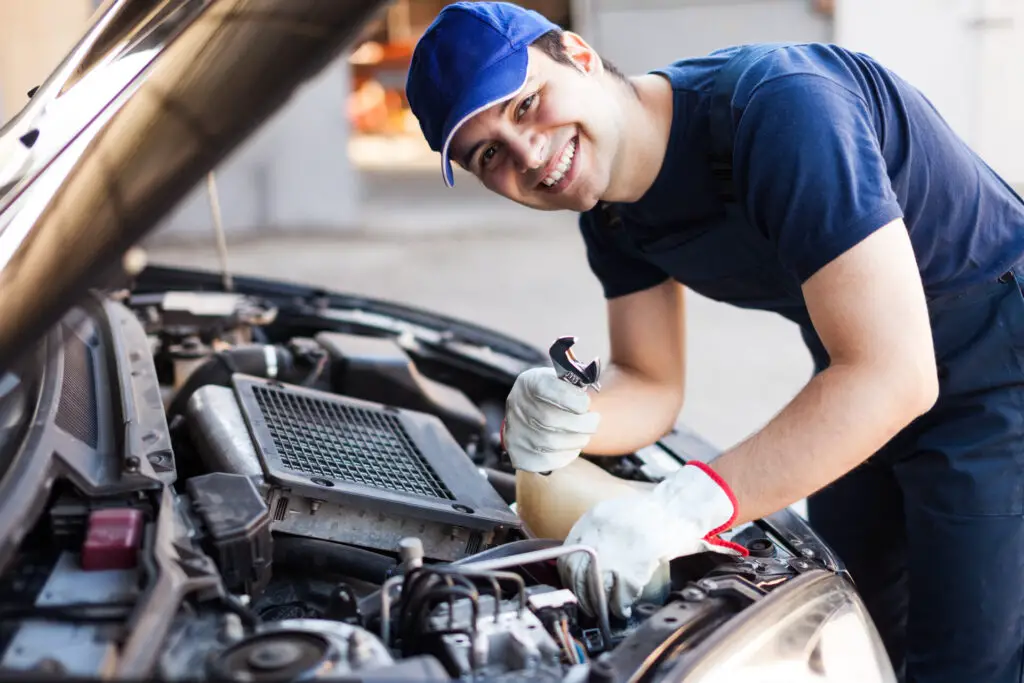
How Does Headlight Wiring Harness Work?
It works by providing power to the headlights from the vehicle’s electrical system. When the headlights are turned on, the electrical current flows through the wiring harness and to the headlight bulbs, illuminating the road ahead.
Different types, including OEM (original equipment manufacturer) and aftermarket harnesses, are available. OEM harnesses are designed to meet the vehicle manufacturer’s specifications and are often more expensive than aftermarket harnesses. Aftermarket harnesses may offer additional features or customization options but may require more expertise to install properly.
Why Do You Need a Headlight Wiring Harness?
Factory wiring for headlights can often be insufficient for the demands of modern lighting systems. This can result in a number of problems, including flickering, dimming, and even premature bulb failure. Additionally, factory wiring may not be able to handle upgrades or modifications to the lighting system.
It can help overcome these limitations by providing a more stable and efficient connection between the headlight bulbs and the electrical system. Of course, with the evolution of cars, the performance headlight harness is providing changes by ensuring consistent brightness and reducing the risk of flickering or dimming. It can also improve safety by providing more reliable illumination of the road ahead, especially in low-light or inclement weather conditions.
Furthermore, a headlight wiring harness can offer additional benefits, such as allowing for the use of higher-wattage bulbs or LED lights, as well as the installation of auxiliary lighting or other accessories. It can also protect the vehicle’s electrical system from damage caused by electrical surges or shorts, which can result in costly repairs.
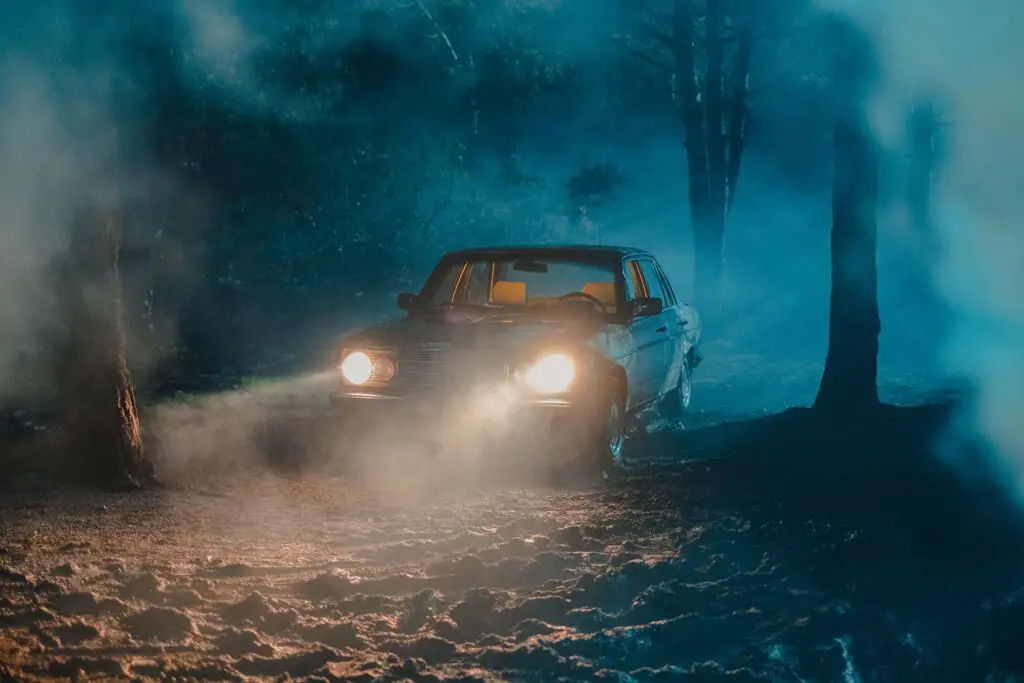
What Are the Benefits of Upgrading to a Headlight Wiring Harness
Have you ever found yourself struggling to see the road ahead while driving at night or in low-light conditions? Do you feel like your headlights are not as bright as they used to be or that they flicker or dim unexpectedly? If so, you may be experiencing the limitations of factory wiring for your headlights. Let’s explore the benefits of upgrading and how it can make a significant difference in your daily commute or nighttime travels.
Improved Lighting Performance
Upgrading can significantly improve the performance of your headlights by providing a more stable and efficient connection between the bulbs and the electrical system. This can result in brighter, more consistent lighting, reduced flickering or dimming, and better illumination of the road ahead.
Longer Bulb Life
By providing a more stable and efficient electrical connection, a headlight wiring harness can also help prolong the life of your headlight bulbs. This can save you money on replacement bulbs over time and reduce the hassle of frequent bulb changes.
Increased Safety and Visibility
Improved lighting performance and longer bulb life can also lead to increased safety and visibility while driving. With brighter and more consistent lighting, you’ll be able to see the road (especially if you have an off-road car and enjoy off-road driving) ahead more clearly, even in low light or inclement weather conditions. This can help you avoid potential hazards and accidents, making your driving experience safer and more secure.
Reduced Strain on the Vehicle’s Electrical System
Factory wiring for headlights can often be insufficient for the demands of modern lighting systems, which can result in strain on the vehicle’s electrical system. Upgrading can help alleviate this strain by providing a more efficient electrical connection and protecting the system from damage caused by electrical surges or shorts.
Enhanced Aesthetics
Finally, upgrading can also enhance the overall aesthetics of your vehicle. With customizable options and sleek designs available, a headlight wiring harness can add a touch of style to your vehicle while improving its functionality.
How to Choose the Right Headlight Wiring Harness
Choosing the right option is important for ensuring optimal performance and compatibility with your vehicle’s electrical system. Here are some factors to consider when selecting a headlight wiring harness:
- Consider the make and model of your vehicle – Not all are compatible with all vehicles. Be sure to check that the harness you choose is designed specifically for your make and model.
- Look for high-quality materials and connectors – A good headlight wiring harness should be made from high-quality materials that are durable and resistant to wear and tear. Connectors should be sturdy and reliable, with a secure fit that ensures a stable electrical connection.
- Check the compatibility with your headlights – Different types of headlights may require different wiring configurations or connectors. Make sure the harness you choose is compatible with the specific type of headlights you have installed.
- Research customer reviews and ratings – Before making a purchase, take the time to research customer reviews and ratings of the items you are considering. This can help you gain insight into the product’s performance, ease of installation, and overall value for money.
These factors will surely help you choose the right component, whether you’re installing it for the first time or if there’s a headlight wire repair ahead of you.
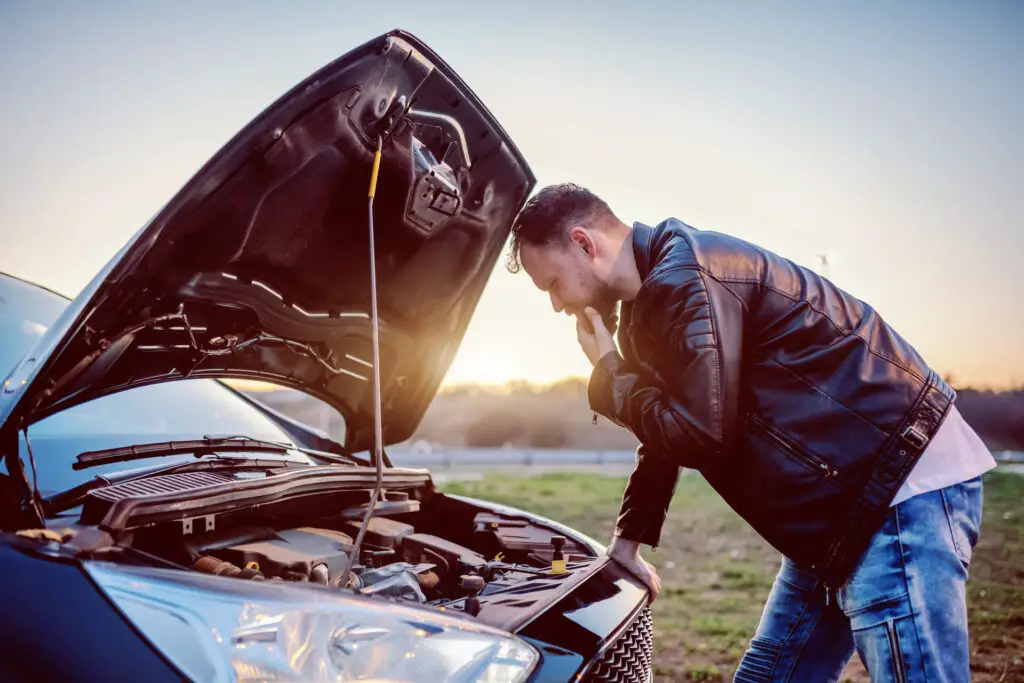
How to Install a Headlight Wiring Harness
Doing any kind of repair on your four-wheeler is a process that requires time and patience. No matter if you’re wondering how to rewire the headlight wiring harness or how to install LED lights. But, when it comes to installing it, it can seem intimidating, but with the right tools and instructions, it can be a relatively simple process. Here are the steps to follow:
Gather the Necessary Tools and Materials
You will need a headlight wiring harness kit that is compatible with your vehicle, a set of pliers, wire strippers, electrical tape, and a wrench or socket set.
Disconnect the Battery and Remove the Old Wiring
Start by disconnecting the negative terminal of your vehicle’s battery to prevent electrical shock. Then, remove the old wiring harness by disconnecting any clips, connectors, or fasteners that hold it in place.
Install the New Wiring Harness
Place the new wiring harness in the same location as the old one, securing it with clips or fasteners as needed. Use wire strippers to remove a small section of insulation from the ends of each wire.
Connect the New Wiring to the Headlights
At this step, ensure you match the wires to the correct terminals. Use pliers to crimp the connectors onto the wires and secure them with electrical tape.
Connect the New Wiring to the Battery and Fuse Box
Connect the battery’s positive terminal to the new wiring harness, and then connect the harness to the vehicle’s fuse box. Make sure all connections are tight and secure.
Test the New Wiring Harness to Ensure Proper Installation
Turn on your vehicle’s headlights to ensure that they are functioning properly. If there are any issues, check the connections and wiring to make sure everything is secure and in the correct position.
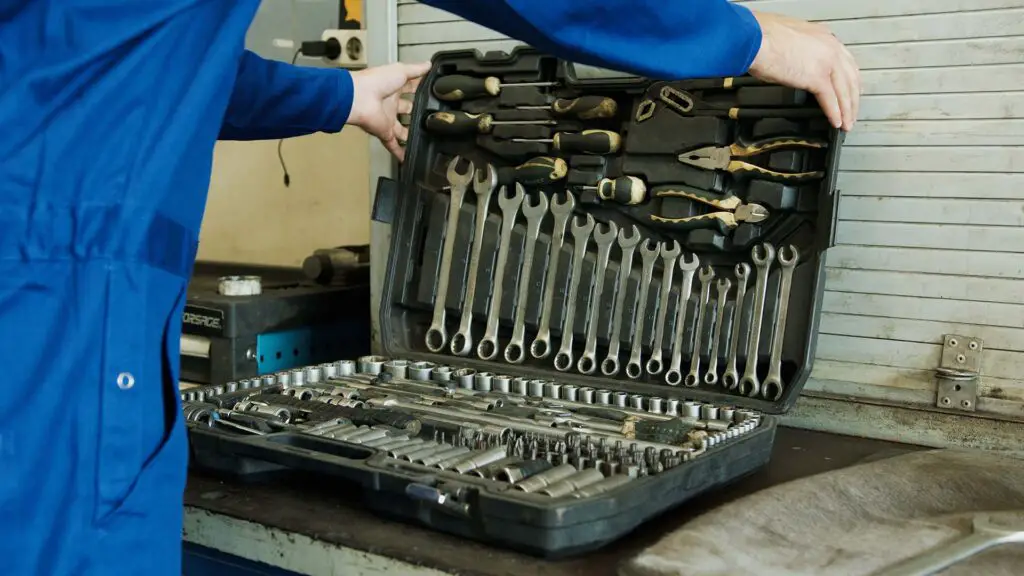
What Are Some Common Problems and Troubleshooting Tips
While upgrading can improve the performance of your vehicle’s lighting system, it is still possible to encounter some problems. From figuring out you have a bad headlight switch to knowing how to repair a wiring harness plug. Here are some common issues and troubleshooting tips to help you address them:
Flickering Headlights
Flickering headlights can be caused by a loose or damaged wire connection, a failing alternator, or a weak battery. Check the wiring connections to ensure they are tight and secure. If the issue persists, have your alternator and battery tested to see if they are the cause of the problem.
Dim Headlights
Dim headlights can be caused by a faulty headlight bulb, dirty or corroded connectors, or a weak electrical system. Check the bulbs to ensure they are not burned out or damaged, and clean any dirty or corroded connectors. If the issue persists, you may need to upgrade your electrical system or install a higher-output alternator.
Blown Fuses
Blown fuses can be caused by a short circuit or overload in the wiring harness or the electrical system. Check the wiring harness and electrical system for any signs of damage or wear, and replace any blown fuses with new ones of the correct amperage.
Faulty Relays
Faulty relays can cause a range of issues, including dim or flickering headlights, intermittent operation, or complete failure. Check the relays to ensure they are properly seated and functioning correctly. If a relay is faulty, replace it with a new one of the same type and rating.
By addressing these common problems and following these troubleshooting tips, you can ensure that your headlight wiring harness is functioning properly and providing optimal performance and safety while driving.
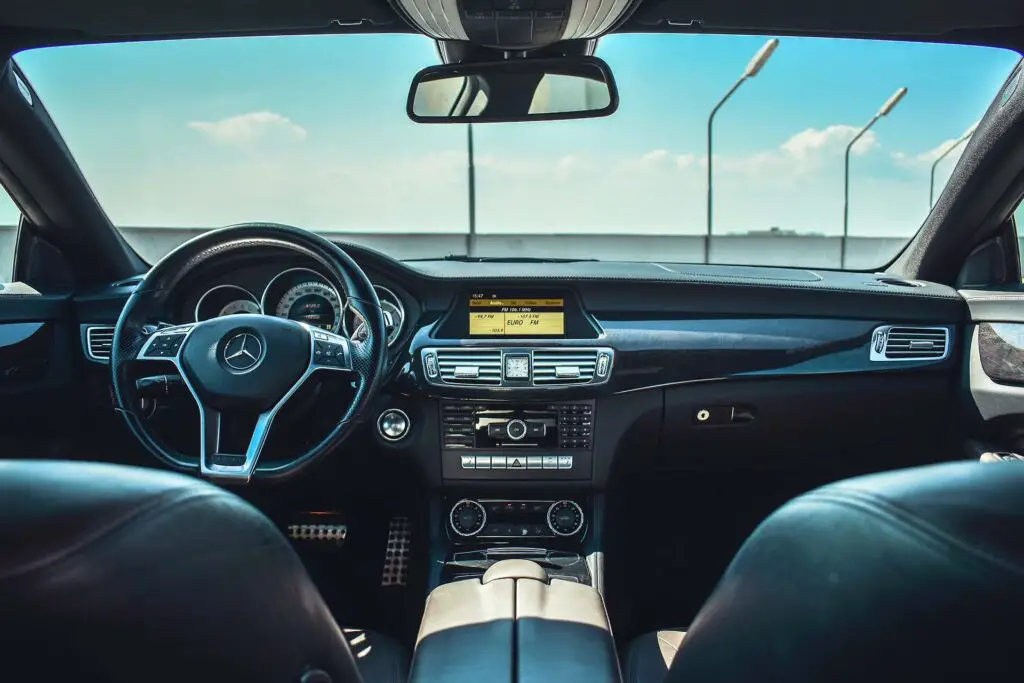
You Won’t Be Left in the Dark With When the Wiring Harness Are Working Properly
A working wiring harness isn’t just about staying connected to the world around you. It’s about looking after your safety and well-being. By making sure that the wiring harness in your vehicle is always in good condition, you can free yourself from worrying about any malfunctions or damages.
Moreover, you will have a better understanding of what to look out for should something go awry. Investing in inspecting and maintaining wiring harnesses is ultimately saving money and making sure that your vehicle remains reliable for much longer. With today’s advances in technology, you no longer have to be left in the dark when it comes to managing your vehicle’s wiring harness.








